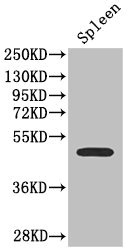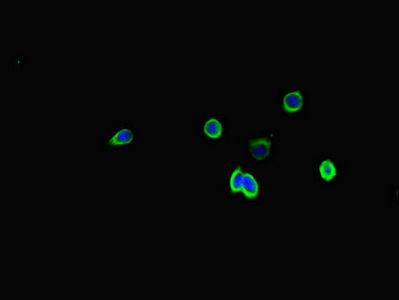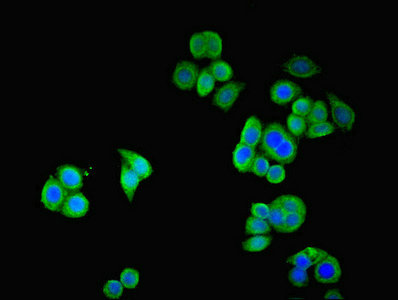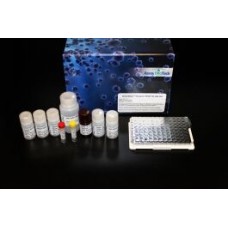
Western Blot Positive WB detected in: Mouse spleen tissue All lanes: SSTR2 antibody at 2.7ug/ml Secondary Goat polyclonal to rabbit IgG at 1/50000 dilution Predicted band size: 42, 41 kDa Observed band size: 42 kDa
SSTR2 Antibody
CSB-PA022725LA01HU
ApplicationsImmunoFluorescence, Western Blot, ELISA, ImmunoHistoChemistry
Product group Antibodies
ReactivityHuman, Mouse
TargetSSTR2
Overview
- SupplierCusabio
- Product NameSSTR2 Antibody
- Delivery Days Customer20
- ApplicationsImmunoFluorescence, Western Blot, ELISA, ImmunoHistoChemistry
- CertificationResearch Use Only
- ClonalityPolyclonal
- ConjugateUnconjugated
- Gene ID6752
- Target nameSSTR2
- Target descriptionsomatostatin receptor 2
- Target synonymsSST2, somatostatin receptor type 2, SRIF-1, SS2R
- HostRabbit
- IsotypeIgG
- Protein IDP30874
- Protein NameSomatostatin receptor type 2
- Scientific DescriptionReceptor for somatostatin-14 and -28. This receptor is coupled via pertussis toxin sensitive G proteins to inhibition of adenylyl cyclase. In addition it stimulates phosphotyrosine phosphatase and PLC via pertussis toxin insensitive as well as sensitive G proteins. Inhibits calcium entry by suppressing voltage-dependent calcium channels. Acts as the functionally dominant somatostatin receptor in pancreatic alpha- and beta-cells where it mediates the inhibitory effect of somatostatin-14 on hormone secretion. Inhibits cell growth through enhancement of MAPK1 and MAPK2 phosphorylation and subsequent up-regulation of CDKN1B. Stimulates neuronal migration and axon outgrowth and may participate in neuron development and maturation during brain development. Mediates negative regulation of insulin receptor signaling through PTPN6. Inactivates SSTR3 receptor function following heterodimerization.
- ReactivityHuman, Mouse
- Storage Instruction-20°C or -80°C
- UNSPSC41116161







